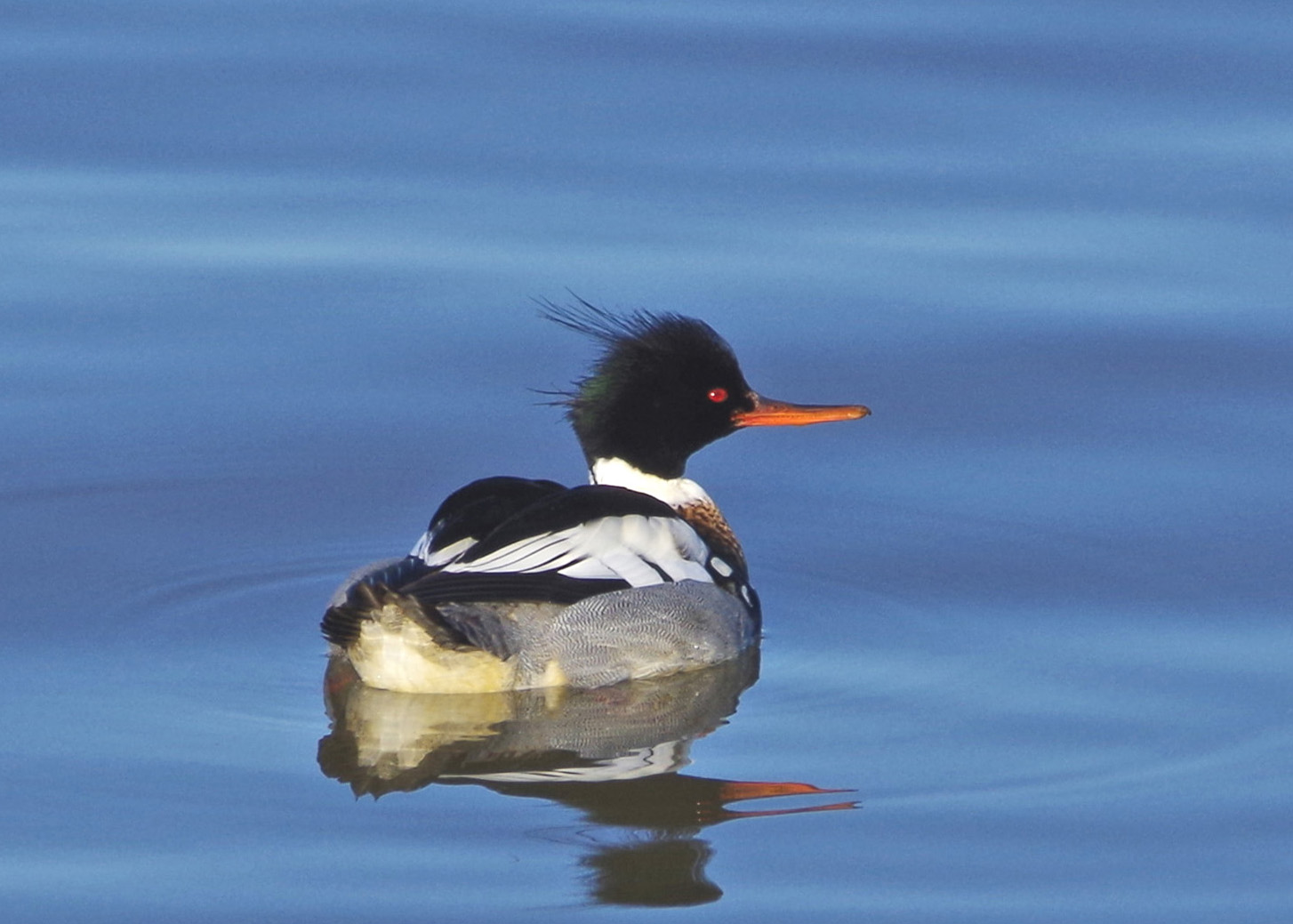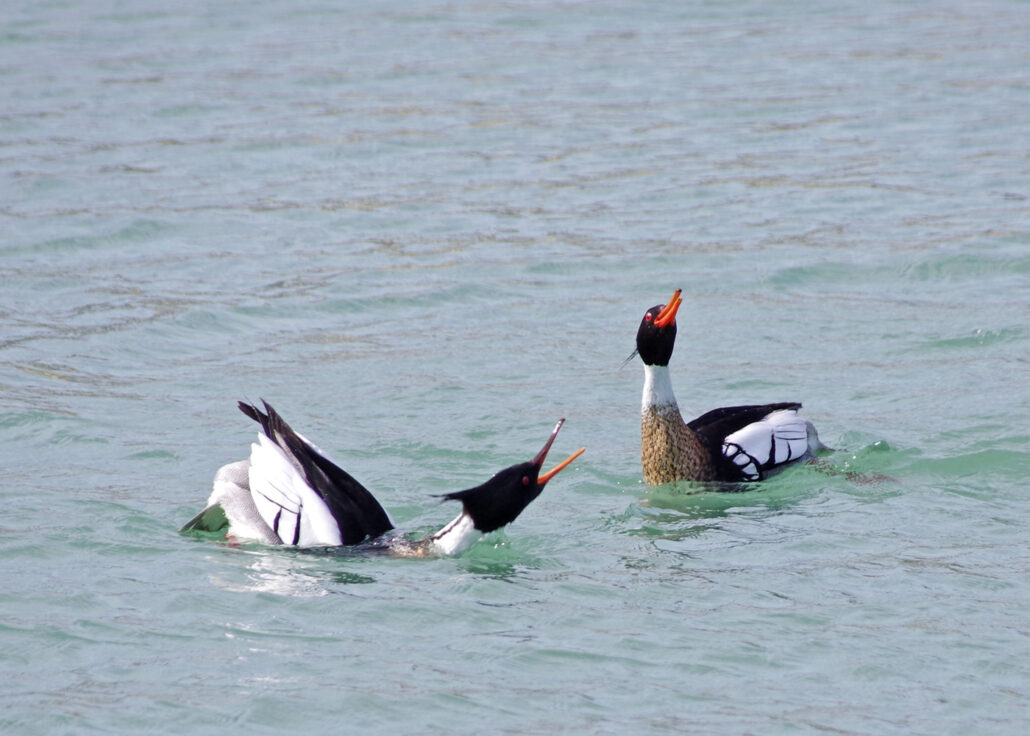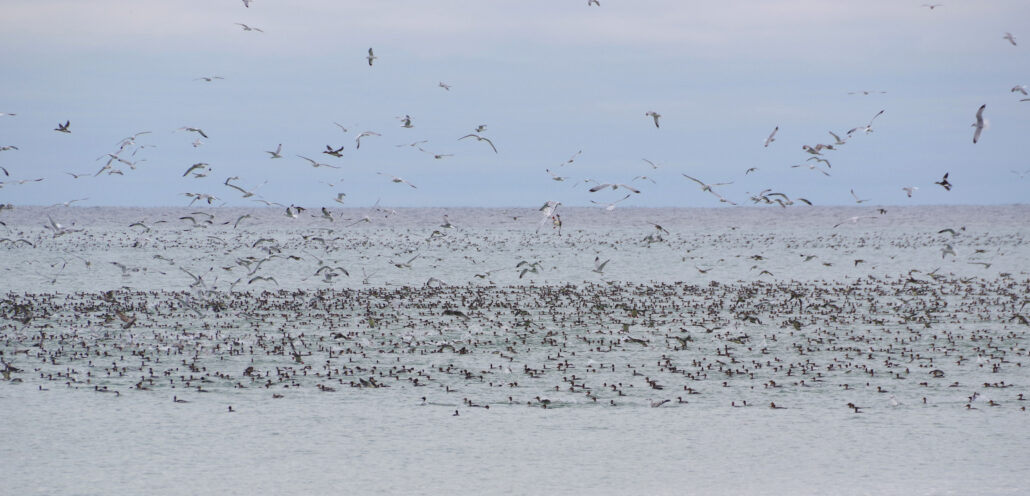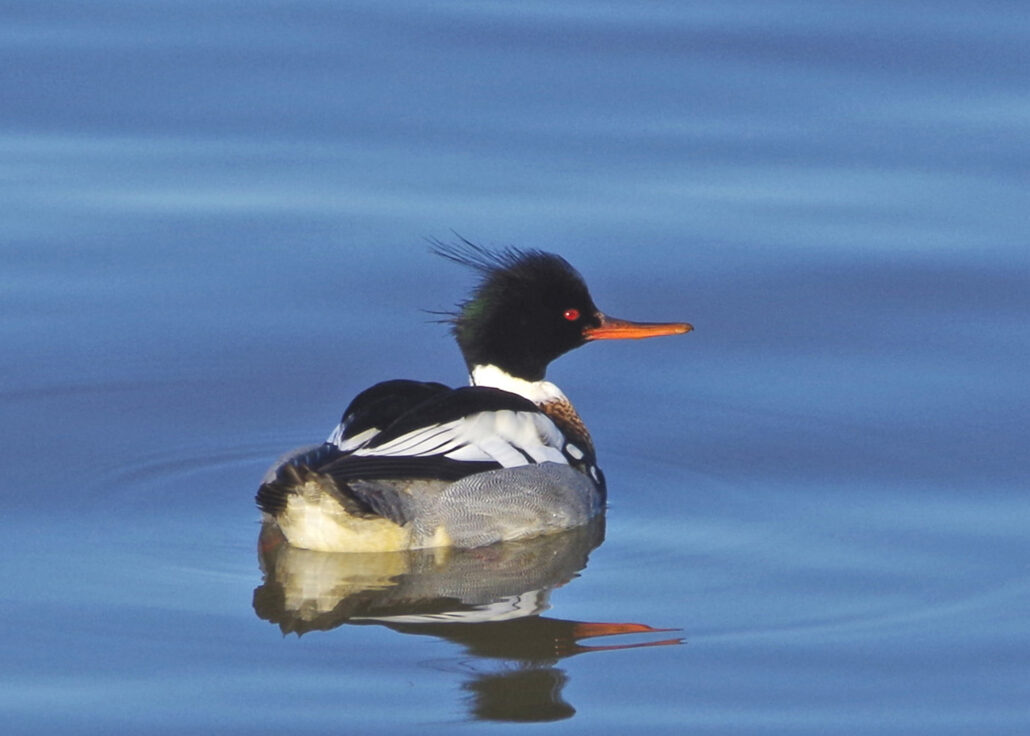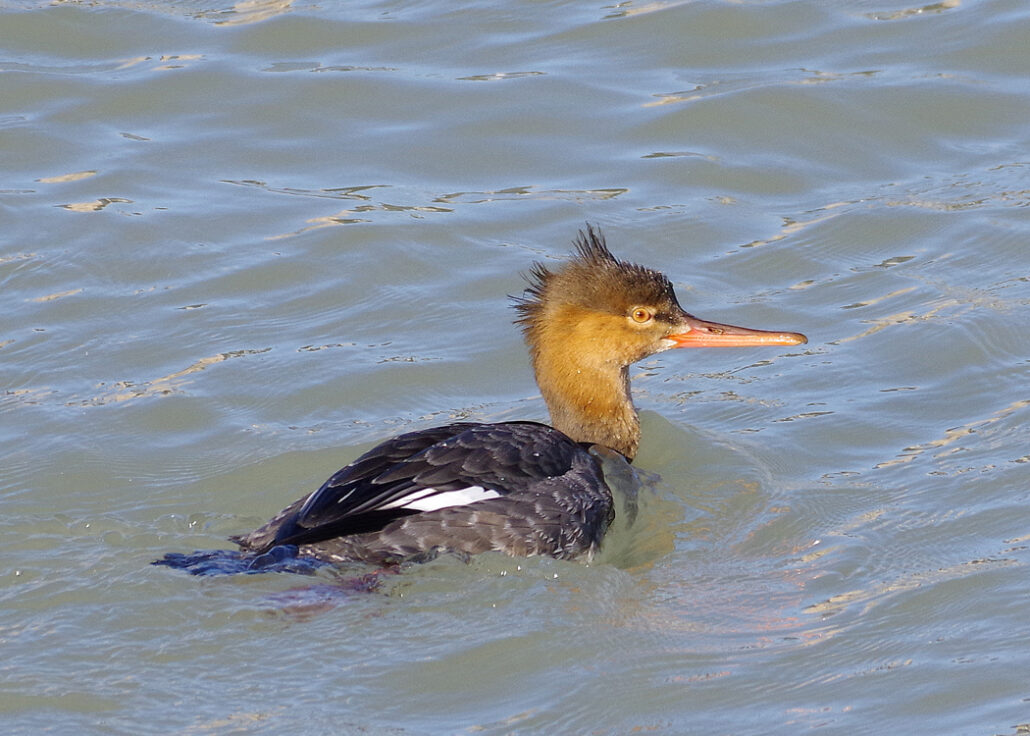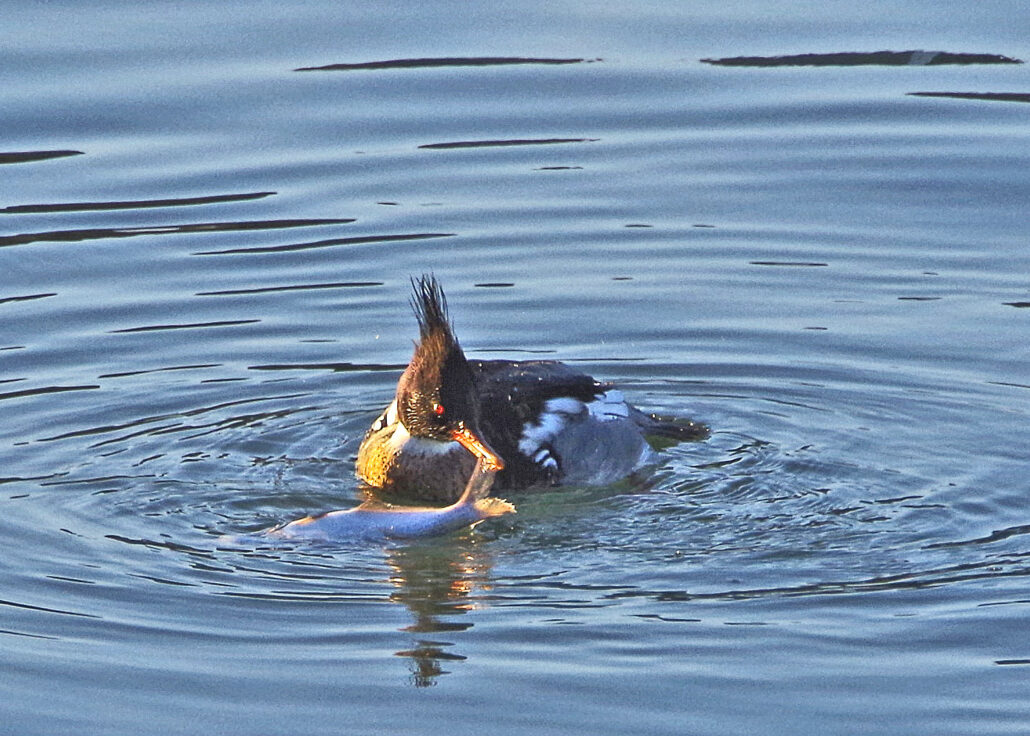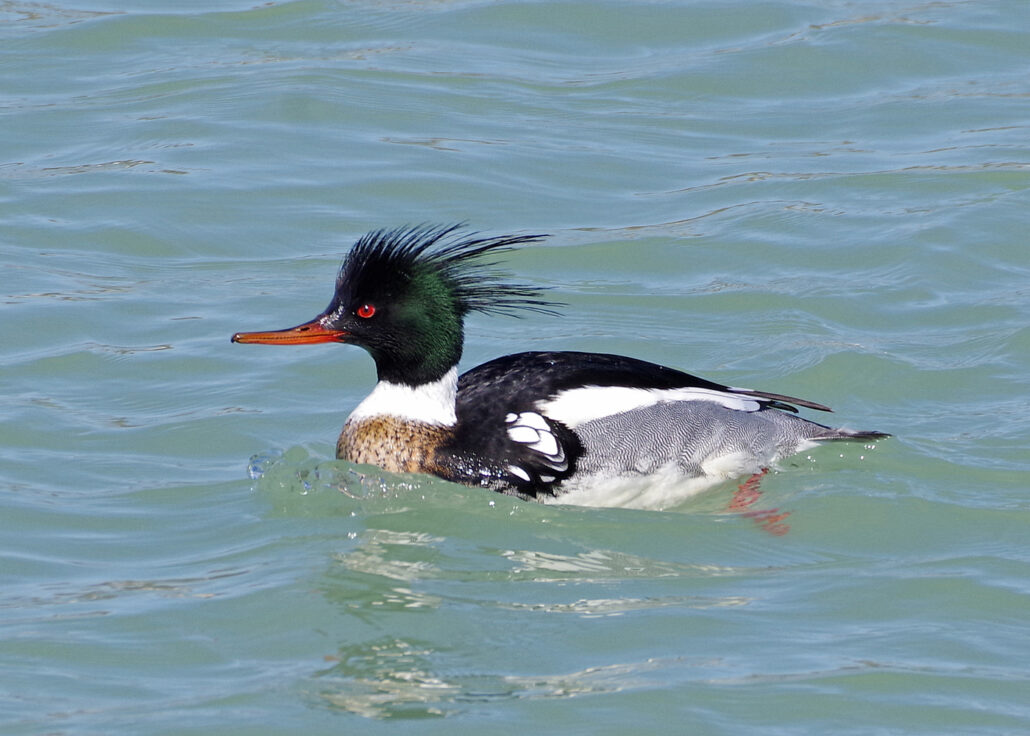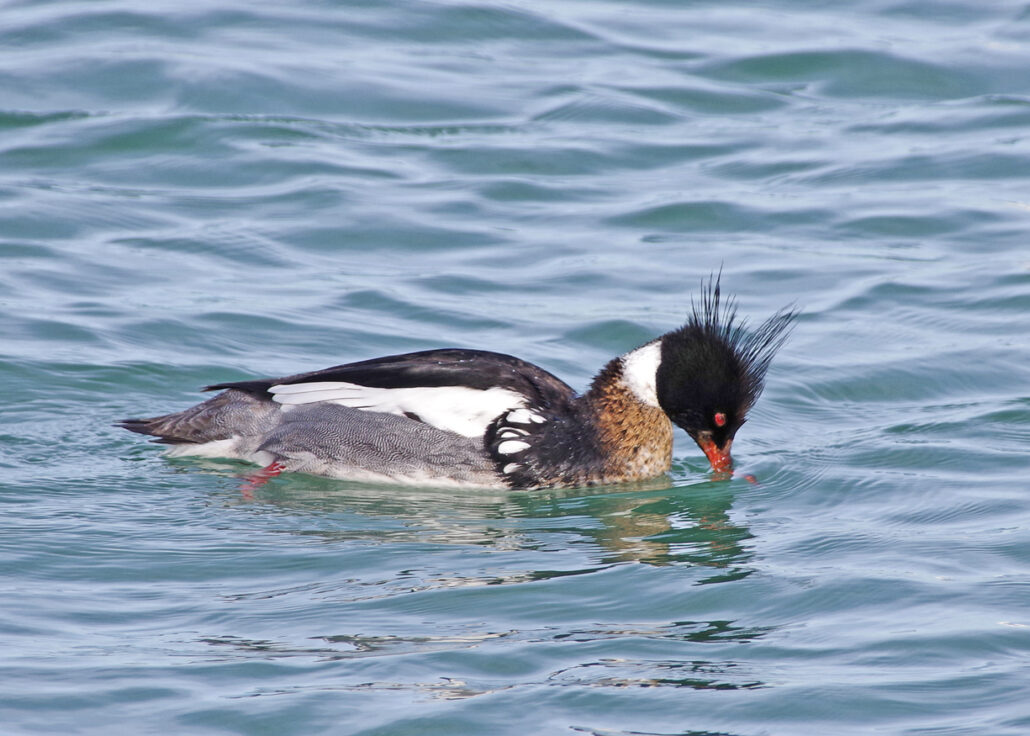
by Kate Redmond
Common Aspen Leaf Miner
Greetings, BugFans,
Leaf miners have been mentioned in these pages before – even the Aspen leaf miner (Phyllocnistis populiella) has appeared briefly. When she did a little more research, the BugLady was ecstatic to discover that Aspen leaf miners have an association with EFNs, one of the coolest things she’s ever found out about in her 16 years of writing BOTW (more about that in a sec). Here’s its story.
First of all, a quick and dirty leaf miner review. They are (primarily) the tiny larvae of a variety of species of fly, beetle, moth, or sawfly (Hymenoptera), and they are everywhere. They mostly feed on sap or tissue that they encounter as they chew their way around inside a leaf, between its top and bottom layers, some feed in fruit, and some can process plant tissues that are toxic. Leaf miners are found on plants in most plant families (as J. R. Lowell once said, “There’s never a leaf nor a blade too mean to be some happy creature’s palace.”), and some are extreme specialists, using only one or just a few plant hosts. They are often active in mid-to-late summer, and they transform plant energy into animal energy for the birds and insects that know their secret hiding places.
They create distinctive patterns that, along with the identity of the plant, help us to name them. Mines are roughly divided into three categories – serpentine, blotch, and tentiform. Most mines and their miners do not cause significant damage to their host – as J. G. Needham said in “Leaf-mining Insects” (1928), Not only does their minute size partially excuse them, but in feeding habits most are very precise and economical of tissues. They take just enough to sustain and mature their own lives, and they injure little tissue save that that they ingest.”
Leaf miner is more a culinary and lifestyle grouping than a scientific/taxonomic classification. For more background on leaf miners, see https://uwm.edu/field-station/bug-of-the-week/leaf-miners/.
There are a dozen members of the genus Phyllocnistis (from the Greek meaning “leaf scraper”) in North America. They’re in the family Gracillariidae, the Leaf Blotch Miner Moths, and they are small and fringed, with wingspreads under ½,” (“micromoths” – another not-quite-scientific designation). Their larvae, flattened and rudimentary, spend their first three instars chewing serpentine trails in the leaf tissue, guzzling sap, and leaving behind a trail that’s punctuated by a line of frass (bug poop) (an “instar” is the active, feeding stage between molts). The larva doesn’t feed in its fourth and final instar; it gets itself to the margin of the leaf, where it spins a cocoon and pupates in a spined pupal case (some kinds of leaf miners drop to the ground to pupate, but not this bunch).
The Aspen leaf miner stars in a number of Extension horticultural bulletins, but its impact, other than cosmetic, tends to be minimal. If there’s a black sheep in the genus, it’s the Citrus leaf miner https://bugguide.net/node/view/1318589/bgimage.

COMMON ASPEN LEAF MINERS, aka Aspen serpentine leaf miners, are found across southern Canada and the northern half of the US, wherever quaking aspen grows. Some sources said that poplar and cottonwood are also used as hosts, and some said that the main host is aspen, and some said that mines found on cottonwood and poplar are made by a different species. The tiny moths have pale, narrow wings and long-ish antennae, and they often perch slanted, with the front half of their body “on tiptoe” https://bugguide.net/node/view/1582507/bgimage.
For a small, relatively harmless insect, there’s a surprising amount of biographical information available. They overwinter as adults, avoiding freezing through careful selection of a winter shelter and because of their ability to supercool themselves, dropping their freezing point. Counterintuitively, they prefer to overwinter under spruce trees rather than aspens, because the deeper snow cover below the aspens translates to wetter conditions as the air warms, and ice in a late freeze.
Romance blossoms in spring, and females lay their eggs on the edges of emerging leaves, near the tip, usually only one egg per leaf, and then they fold the edge of the leaf over to protect the egg until it hatches. When it does, the larva https://bugguide.net/node/view/204391/bgimage, chews through the floor of the egg, directly into the leaf, where it will live until it emerges from its pupa as an adult in fall.
Larvae eat the sap that they generate while tunneling. A research team tracked the mining habit and found that:
- A single caterpillar may mine an entire small leaf https://bugguide.net/node/view/30617/bgimage, but only part of a large leaf until it has consumed enough calories to pupate;
- When the larva gets to the midrib, it turns toward the leaf’s base, and when it gets there, it turns again and follows the leaf margin for a while before heading for the midrib again;
- Sometimes more than one egg is laid on a leaf. A larva may not know that it has company in the leaf, but if two larvae discover each other, they generally feed and pupate on opposite sides of the midrib;
- They don’t re-mine an already-mined trail;
- Larvae pupate at the edge of the leaf.
Heavy feeding on the epidermis of a small leaf can interrupt its photosynthesis, causing leaves to dry, turn brown, and fall prematurely, but aspens have lots of leaves, and the Common aspen leaf miner larvae, as Needham said, don’t eat much.
Adults https://bugguide.net/node/view/1128097/bgimage feed on nectar that they find in extrafloral nectaries (EFNs) at the base of the leaves (between one-third and three-fourths of aspen leaves have them). Here’s a BOTW about EFNs – https://uwm.edu/field-station/bug-of-the-week/ants-in-my-plants-rerun/.
And here’s “Leaf-mining Insects” by J. G. Needham, et al, https://www.biodiversitylibrary.org/item/28922#page/7/mode/1up
The BugLady saw a Common Green Darner last week – let the Wild Rumpus begin!!
It’s Earth Day/Week – remember, there’s no Planet B.
Kate Redmond, The BugLady
Bug of the Week archives:
http://uwm.edu/field-station/category/bug-of-the-week/







